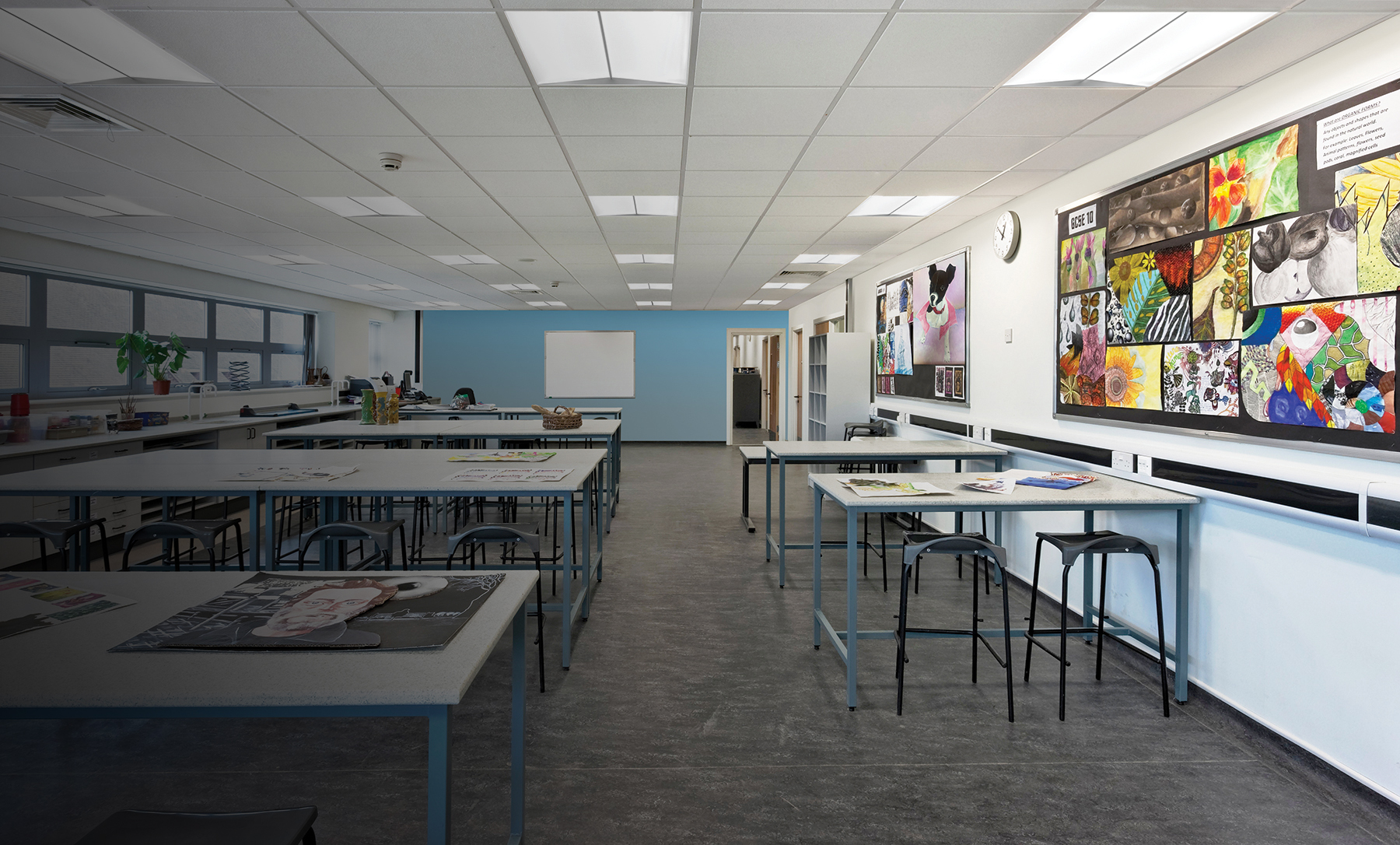This feature has been created in collaboration with URBANNEXT, a multi-platform aimed at developing, disseminating and distributing content centered on architecture through a focus on the contemporary human milieu and its challenges.
More than 15 years after its inception, Peter Eisenman’s hulking cultural complex Ciudad da Cultura de Galicia (City of Culture of Galicia) sits incomplete and empty. Commissioned to the American architect after an international competition hosted by the Parliament of Galicia, the cultural center presented an ambitious feat of construction on the slopes of Mount Gaiás.
However, construction of the six-building complex endured during the 2008 Spanish recession, and as costs for the building’s materials and construction continued to rise, the project became a crippling burden on the regional government of Galicia. Furthermore, the €475.9 million project, containing a museum, library, archive facility, arts center and performing arts center, came to be regarded as a symbol of excess and vanity during strained economic times. Considered a “white elephant” to the government and the people of Galicia, construction of the project was halted in 2013.
Spanish-Chilean architectural filmmakers ENTR_ECOT’s short film of the project keenly depicts how this former symbol of civic pride and cultural robustness has faded from its former glory. Shot during a rainstorm, the complex is shown in its various states of completion: sweeping, undulating marble forms that extrude from the earth are flanked with scaffolding, metal barriers and caution tape. Shrubs and weeds have already begun to sprout between the cracks of the pink granite panels. Despite a few pedestrians, the site remains empty, untouched, all too uncannily fulfilling Eisenman’s vision of an “archaeological” site.


The parametrically configured design was conjured by overlaying the map of the city of Galicia on top of Mount Gaiás’s sloping topography. The result was a series of granite-clad slopes interconnected by streets and plazas meant to invoke an urban environment. “As a place for convergence and international projection, the City of Culture of Galicia shall revitalize in the 21st century the twofold vocation — voyager and hospitable — of Galician people, contributing from a cultural standpoint to the social and economic development of the land,” envisioned the City of Culture’s Foundation.


The city had hoped the cultural center would revitalize Galicia’s economy by revamping its global reputation as a modern metropolis with a high cultural profile, much like the Guggenheim Bilbao had accomplished and as many other projects have tried to replicate — such as the recently scrapped Guggenheim Helsinki. While postured as an invitation to the world, processes of globalization have in many instances revealed such cultural building projects as misguided and against public interest of which Eisenman’s derelict City of Culture stands as testament.

Photo by Juan J. on Flickr. Words by Joanna Kloppenburg









